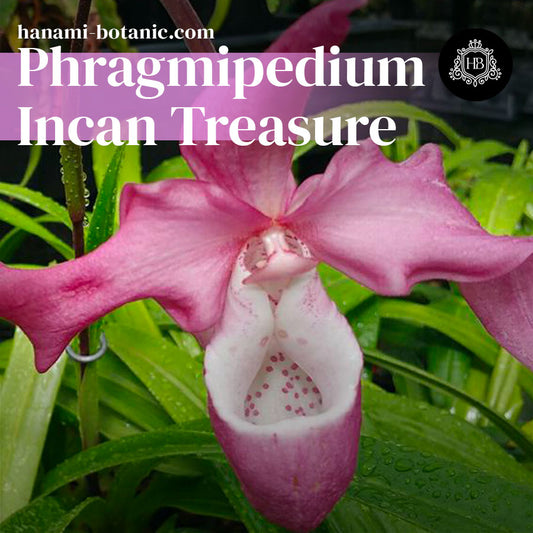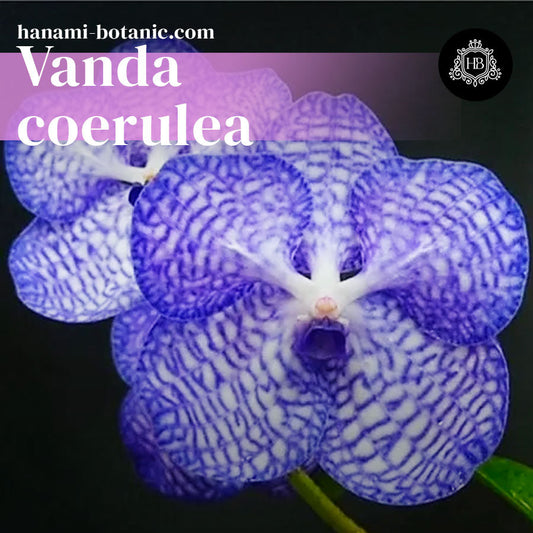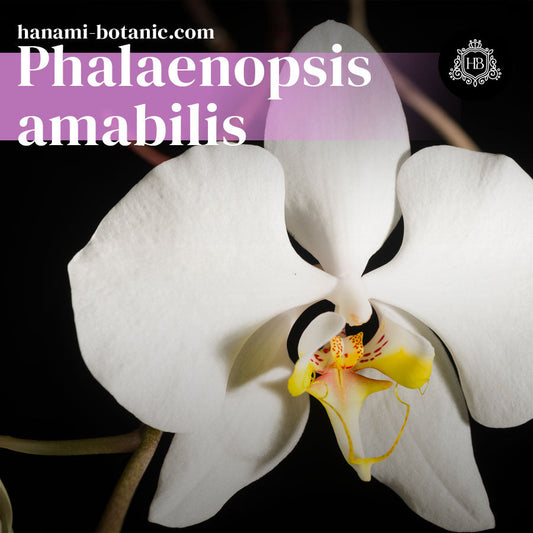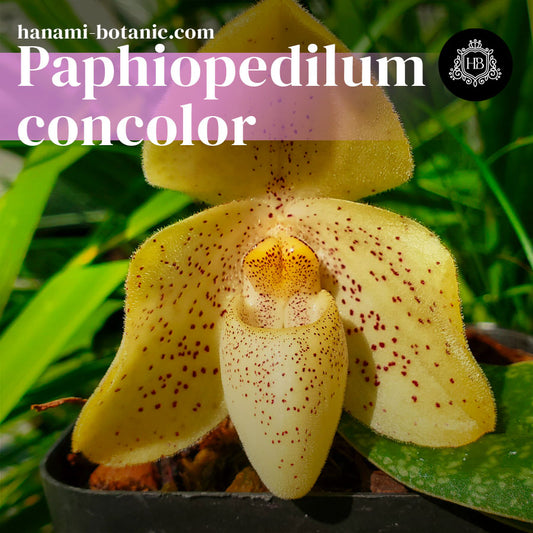The Victorian Spirit in Miniature: A Terrarium Inspired by 19th-Century Architecture
Christian St-PierreVictorian architecture is a style of contrasts—ornate yet structured, elegant yet extravagant. Emerging in the 19th century during the reign of Queen Victoria, this architectural movement embraced a mix of historical influences while celebrating craftsmanship, ornamentation, and innovation. From grand townhouses adorned with intricate ironwork to glass-domed conservatories filled with exotic plants, Victorian design was a reflection of an era fascinated by beauty, exploration, and technological progress.

There is something undeniably romantic about Victorian architecture. I have always been drawn to its intricate details, its love for embellishment, and the way it balances structure with decoration. Unlike the dramatic verticality of Gothic cathedrals, Victorian buildings feel warm, rich, and full of personality. That very essence is what inspired me to create a terrarium that captures the charm and refinement of this architectural style.

The Essence of Victorian Architecture
Victorian architecture is not a singular style but rather a fusion of influences that evolved throughout the 19th century. It borrowed elements from Gothic, Romanesque, Renaissance, and even Moorish traditions, mixing them into something uniquely expressive. At its heart, Victorian design was about ornamentation—every surface was seen as an opportunity for artistic detail, an invitation to showcase craftsmanship.
What immediately stands out in Victorian architecture is its rich decorative detail. Elaborate wood carvings, intricate iron railings, and sculpted moldings transformed ordinary facades into works of art. Even functional elements—windows, staircases, doorways—became opportunities for aesthetic refinement.
The Victorian era was also a time of glass and innovation. With advancements in glass production, homes could feature expansive bay windows and grand conservatories, bringing in more natural light than ever before. These glass structures, framed in wrought iron or intricate woodwork, blurred the boundaries between interior and exterior, allowing homeowners to showcase their growing fascination with exotic plants.

Another defining aspect of Victorian design was the era’s deep fascination with gardens. More than just decorative spaces, Victorian gardens were meticulously designed extensions of the home, blending structured elegance with lush botanical displays.
Formal gardens featured geometric flower beds, trimmed hedges, and ornate fountains, inspired by classical symmetry. In contrast, the Romantic garden style embraced winding pathways, ivy-covered trellises, and picturesque ponds, creating a more natural, whimsical feel. Wrought-iron gazebos, decorative cast-iron fencing, and sculpted stonework added architectural charm, seamlessly integrating built structures with nature.

The Victorian passion for exotic plants also shaped garden design. Explorers brought back rare species, leading to flourishing conservatories filled with ferns, orchids, and tropical palms. Even smaller urban homes embraced greenery—window boxes overflowed with cascading flowers, and courtyard gardens provided a tranquil escape from city life.
Gardens weren’t just ornamental; they were a celebration of nature’s beauty, carefully curated to reflect both artistic refinement and botanical abundance.
Bringing the Victorian Aesthetic into a Terrarium
When I set out to design my Victorian-inspired terrarium, I wanted to recreate that same balance between structure and decoration, between craftsmanship and organic beauty. My vision was to create a miniature conservatory—a space where architecture and nature coexist, just as they did in the grand homes of the 19th century.

I began with the form. Victorian glasshouses were defined by their elegant structures of glass and iron, and I sought to capture that aesthetic in a more intimate scale. Instead of using traditional glass, I chose clear acrylic, intricately engraved with decorative Victorian motifs. These engravings mimic the delicate tracery of wrought iron, creating an interplay of light and shadow that changes throughout the day. As light moves across the surface, the engraved patterns come to life, much like the ornamental details found in a real Victorian greenhouse.

The shape of the terrarium itself is symmetrical yet ornate, reflecting the balance that Victorian architecture so carefully maintained. Inside, I carefully selected plants that evoke the conservatories of the era—lush ferns, soft mosses, and elegant orchids that feel both wild and refined. These plants don’t just fill the space; they interact with it, growing around and through the engraved details, much like ivy climbing over an iron gate or vines weaving through a carved balustrade.
One of my favorite aspects of this design is that it pays homage to the Victorian love for indoor gardens. The very concept of a terrarium has its roots in the 19th century. The Wardian case, a glass container used to transport fragile plants across continents, sparked a fascination with miniature botanical environments. My terrarium is, in many ways, a modern extension of that tradition—a controlled ecosystem that brings nature indoors, framed in the elegance of the past.
A Living Tribute to Victorian Beauty
For me, this terrarium is more than just a decorative object. It’s a celebration of an era that valued artistry, craftsmanship, and the delicate relationship between human design and nature. The Victorians understood something timeless: that beauty is found in the details, in the interplay of light and form, in the seamless blend of structure and organic life.
This piece is a tribute to that philosophy. The engravings on the acrylic are not just ornamental; they echo a history of artisanship. The plants inside are not just decorative; they reflect a century-old passion for botanical discovery. Together, they create something that feels both historic and alive—a space where the past lingers, and where nature continues to thrive.
Whether you are drawn to Victorian elegance, a lover of intricate craftsmanship, or someone who simply appreciates the romance of history, a Victorian-inspired terrarium offers a glimpse into a world where art and nature are forever entwined.




